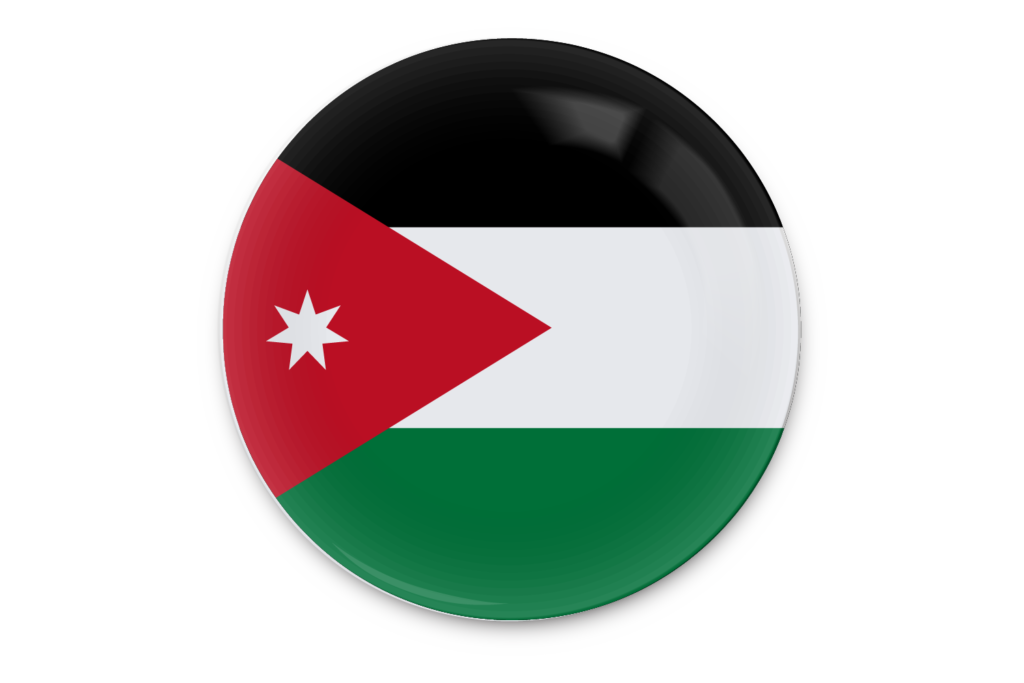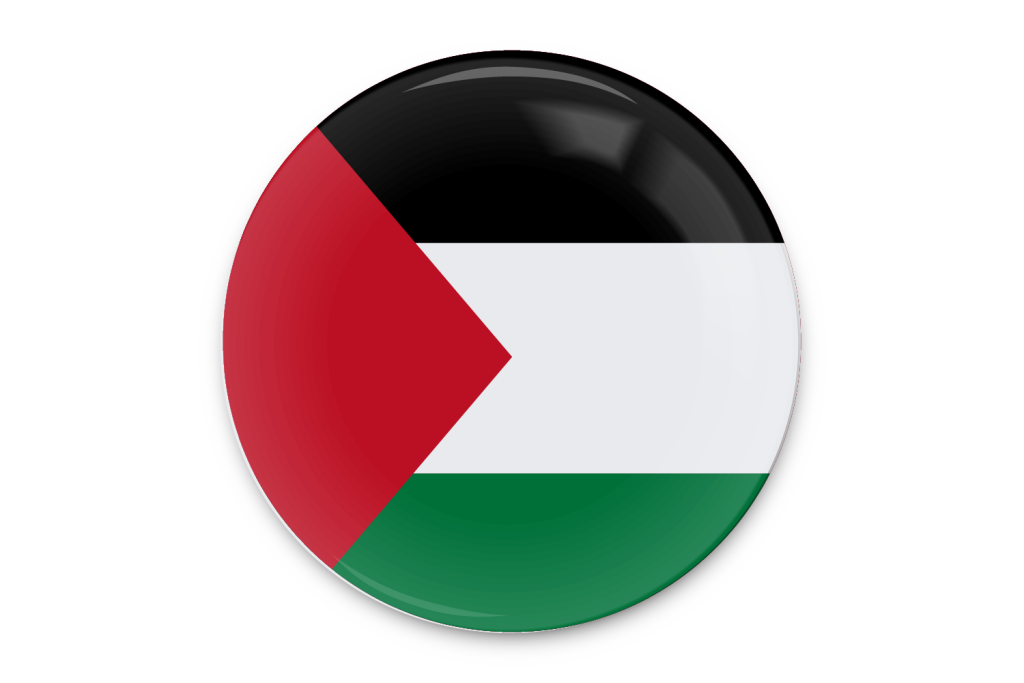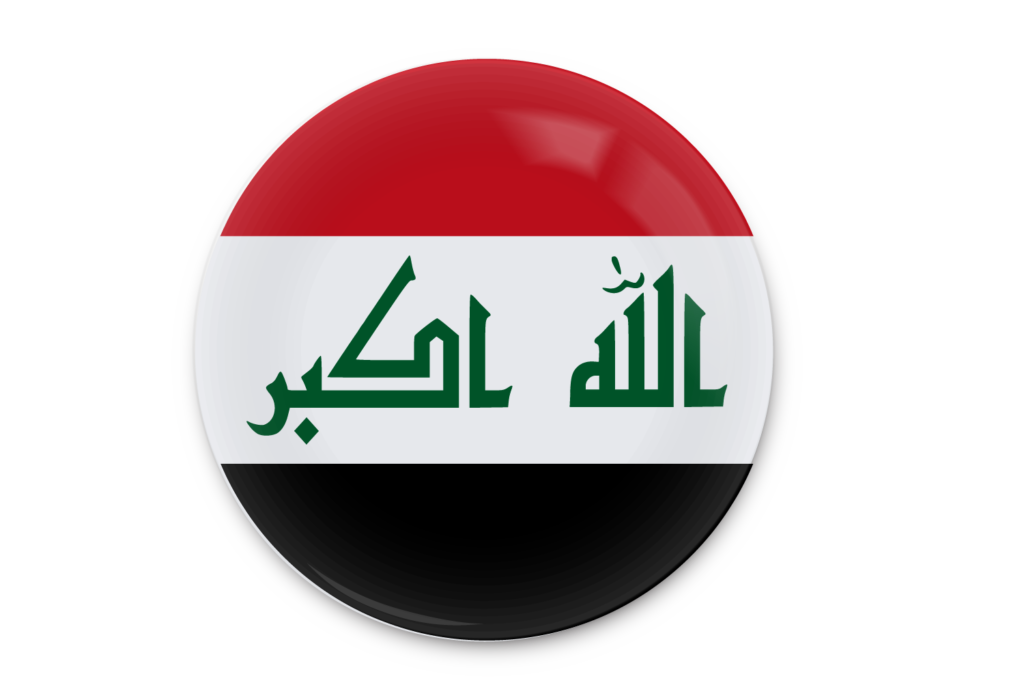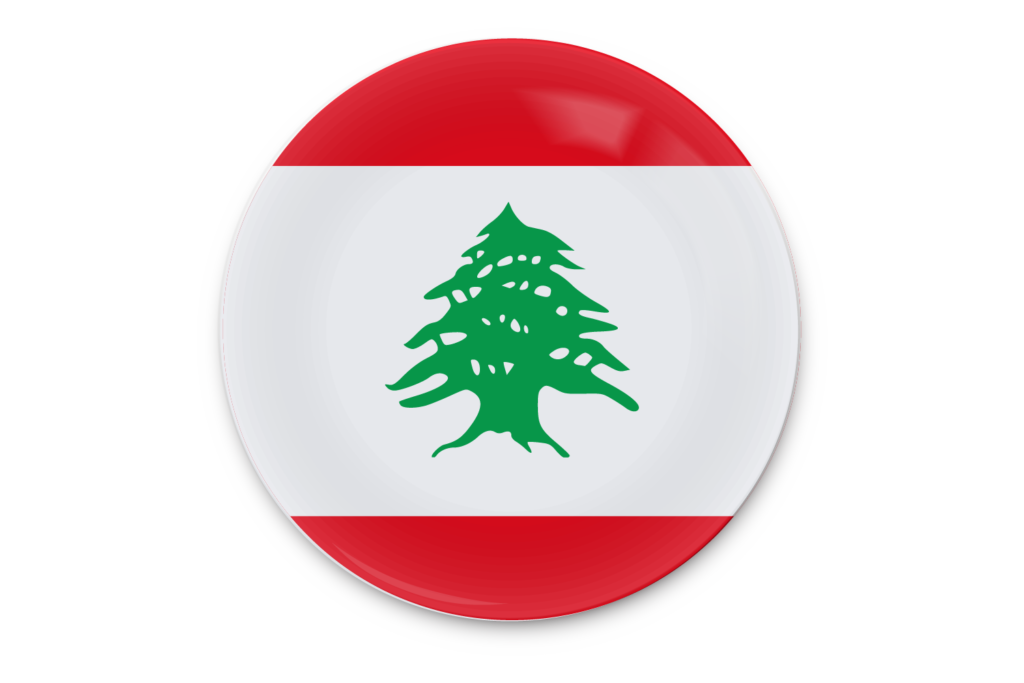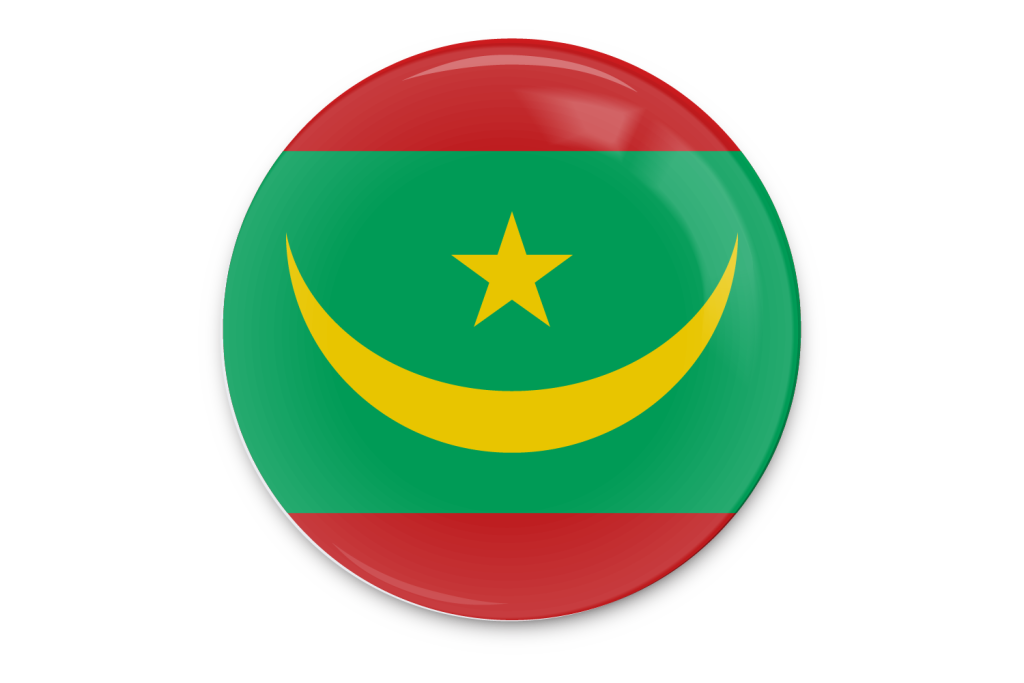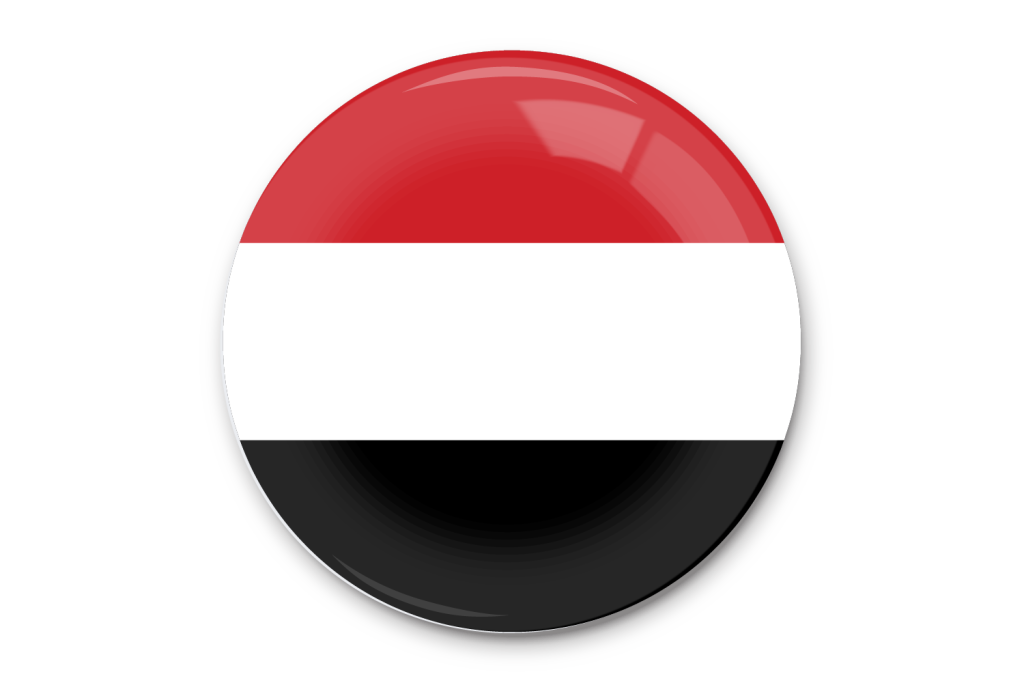Culture of Palestine
Country Profile
Palestine is a Middle Eastern nation-state covering 6,220 km2 of land across the Gaza Strip and the West Bank; sharing borders with Israel, Jordan, Egypt, Lebanon, and Syria. The capital city is East Jerusalem, with government administration being temporarily based in Ramallah. The government is a mixed presidential and parliamentary system. The accepted currencies in Palestine are Israeli shekels, Jordanian dinars, and US dollars.
The population of the State of Palestine is estimated at 4.55 million people, with an average population density of 731 people per km2. The most populous city is Gaza City, with 750,000 residents according to recent estimates. The majority of the Palestinian population are Muslims (93%), mostly of the Sunni branch. There is also a significant minority of Christians (6%) and smaller minorities of Samaritans and Druze. Palestinian Arabic, a distinct dialect subgroup of Levantine Arabic, is the most widely spoken language in Palestine. The most common second language is English.
In addition to its Palestinian population, more than 600,000 Israeli settlers live in Palestinian Territories, in contradiction of international law. This is a product of the ongoing Israeli military occupation of Palestine.
Culture
Palestinians take great pride in their diverse and vibrant culture. Many aspects of this culture have their roots in traditional agricultural society of centuries past. Some examples are the distinctive importance of family, warm Palestinian hospitality, and a profound connection with the land. The culture has also been coloured by the civilisational diversity of Palestine’s history.
Palestinian cuisine has mostly Arabic influences. Some typically Palestinian dishes are Musakhan (Taboon bread topped with chicken, sweet onion, sumac, saffron, and allspice), Maqlaba (an eggplant casserole with cauliflower, carrots, and either chicken or lamb), and Kanafeh (layers of finely shredded pastry and honey-sweetened cheese, topped with rose water syrup and crushed pistachios). Another timeless aspect of traditional Palestinian culture is the exquisite handicrafts. This includes richly coloured embroidery, intricate olive wood carvings, and uniquely patterned ceramics. Traditional artwork and folk music with accompanying dances (such as the Dabke) are also still prevalent in Palestine.
The Nakba and the ensuing struggle for Palestinian rights have had a significant effect on modern Palestinian culture. The emancipatory character of modern Palestine is often embodied in contemporary Palestinian art, music, film and literature. Some notable Palestinian creative figures are artist Abed Abdi, musician Mohsen Subhi, filmmaker Rashid Masharawi, poet Mahmoud Darwish, and writer Fadwa Toqan.
The most popular sport in Palestine is football, and the Palestine national football team has enjoyed marked success on the international stage in recent years. Palestine is home to many other sports, ranging from rugby to equestrian. Sport provides Palestinians (both men and women, young and old) with an opportunity to learn from one another and develop as individuals.
Tourism in Palestine
With its rich cultural heritage, profound history and natural beauty, Palestine is a captivating destination for tourists from all walks of life. Palestine is renowned for its religious sites that are immensely important for followers of Islam, Christianity, and Judaism alike. Christian pilgrims can trace Jesus’ life on earth—from his birth at the nativity church in Bethlehem, to where (as the bible states) he was crucified, buried, and resurrected at the Church of the Holy Sepulchre in Jerusalem. Also among Jerusalem’s 220 historic religious monuments is the Al-Aqsa Mosque, the third holiest site in Islam. Alongside Al-Aqsa is the stunning Dome of the Rock, an intricate work of Islamic architecture, also with religious significance for Muslims. In addition, Jerusalem’s Western Wall is the holiest place of prayer in Judaism.
Palestine’s religious relics are accompanied by fascinating historic sites. Dating back more than 10,000 years and sitting at 258m below sea level, Tel As-Sultan (the ancient city of Jericho) is both the oldest and lowest town on earth. The city of Hebron is a historic site in itself; its striking arched roofs and labyrinthine alleyways are characteristic of Hebron’s well-preserved Mamluk-style architecture.
Palestine also boasts serene landscapes and areas rich in biodiversity. The Abraham Path (Masar Ibrahim Al Khalil) follows the footsteps of Abraham to explore Palestine’s dramatic scenery, flora and fauna, profound history, and diverse culture. The National Geographic Traveller named the Abraham Path the world’s best new walking trail in 2014.
Lying 417m below sea level, the Dead Sea is both the lowest point on earth and the world’s saltiest large body of water. The water and mud of the Dead Sea have therapeutic properties that are drawn on for medical and cosmetic purposes. Despite the almost complete lack of life in the water, the surrounding valleys are home to caracal lynxes, ibex, leopards and many species of migratory birds.
Gaza is likewise an important resting place for migratory birds—including herons, cranes, and flamingos. Gaza city’s seaside restaurants are a great place to enjoy fresh seafood while looking out over the tranquil Mediterranean. The city is famous for its hand-woven rugs, wicker furniture, and pottery, which you can find at a local market (souq). Also, the Gaza War Cemetery is the final resting place for ANZAC soldiers who died fighting in Gaza during the First and Second World Wars.
The city of Nablus is known for its olive oil soap, talented goldsmiths, and traditional sweets. The city centre features a bustling souq, Turkish baths, impressive mosques, and traditional soap factories. In contrast, cosmopolitan Ramallah’s lively city centre is packed full of art galleries, museums, theatres, parks, restaurants and bars. The nearby picturesque town of Taybeh is home to Palestine’s only brewery. The Taybeh brewery hosts an annual Oktoberfest-style Beer festival, which complements the wide variety of traditional festivals that are held annually in Palestine.
Reference: https://www.palestine-australia.com/about-palestine/country-profile/







































